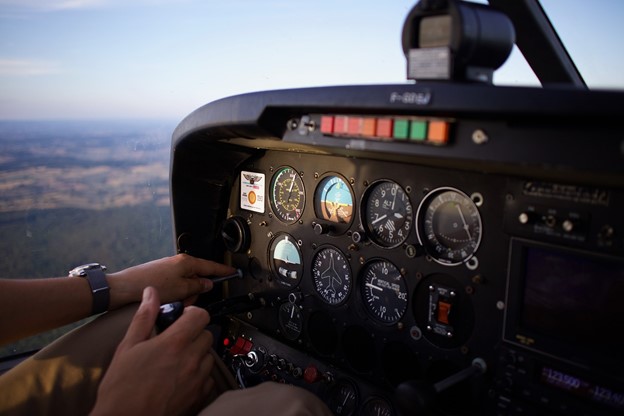Innovative Training Techniques for High-Risk Startups
Industries that experience distinct challenges in instruction and safety protocols may often find conventional approaches inadequate. Adopting cutting-edge technologies offers a game-changing solution. These innovations not only enhance security and operational efficiency but also transform the entire approach to training. By providing realistic yet risk-free environments, workers are encouraged to practice crucial scenarios repeatedly. This increases their confidence and sharpens their decision-making skills for high-pressure situations.
Simulation Training in Aviation
State-of-the-art technology can easily mimic various flight scenarios. This includes both standard operations and emergency procedures. A comprehensive approach quickly lets pilots practice handling critical situations without ever taking off. This employee training is indispensable, as it immerses professionals in the physical and mental stress of emergencies. It is also something that traditional classroom instruction cannot replicate.
Boosting Protection with Virtual Reality
VR transforms safety protocols in numerous industries by offering a hands-on experience. In high-risk sectors like oil and gas, virtual reality training enables employees to learn within a controlled environment that simulates hazardous situations. This approach minimizes risks and enhances the implementation of security procedures. It also quickly engages multiple senses for effectively managing high-stress scenarios.
Digital Twins for Manufacturing Precision
Virtual replicas of physical assets allow engineers to forecast process outcomes without conducting physical tests. This technology also optimizes manufacturing processes before implementation, reducing errors and improving product quality. Additionally, digital twins aid in predicting equipment failures before they happen. This leads to decreased downtime and lower maintenance expenses.
Augmented Reality in Emergency Response
Crisis management teams are increasingly utilizing AR to enhance their efficiency. This includes overlaying critical information like building layouts or hazardous locations onto the real world. This approach allows responders to make well-informed decisions swiftly. It is also crucial during intricate rescue missions where time and precision are vital. This means an intelligent approach quickly channels positive outcomes in life-threatening conditions.
AI-Powered Risk Assessments
AI is revolutionizing threat analysis by examining large datasets to forecast hazards and recommend preventative actions. This ability quickly transforms industries like healthcare and construction. Predictive insights can also easily reveal unusual patterns that human analysts might miss. Artificial intelligence tools equip startups with the foresight necessary to mitigate issues before they become expensive problems. This significantly improves overall safety and operational stability.
Wearable Technology for Real-Time Monitoring
Smartwear has become essential for workers’ real-time health and safety monitoring. Devices with sensors that identify environmental dangers like toxic gasses or extreme temperatures are increasingly used in industries such as mining and construction. These tools warn employees about potential risks and track vital signs to avoid overexertion. This quickly prevents workplace accidents and health problems.
Continuous Learning through Gamification
By incorporating game-like features into educational content, businesses are witnessing improved employee engagement and information retention rates. This method is especially effective in complex cybersecurity and data management. It channels ongoing education, crucial for staying ahead of evolving threats and systems.
Endnote
Startups are boosting safety and efficiency by utilizing modern tools. These quickly redefine employee training and risk management standards. As these technologies progress, they will increasingly influence industry norms and practices. This makes ongoing innovation essential for ensuring workplace safety and productivity.

